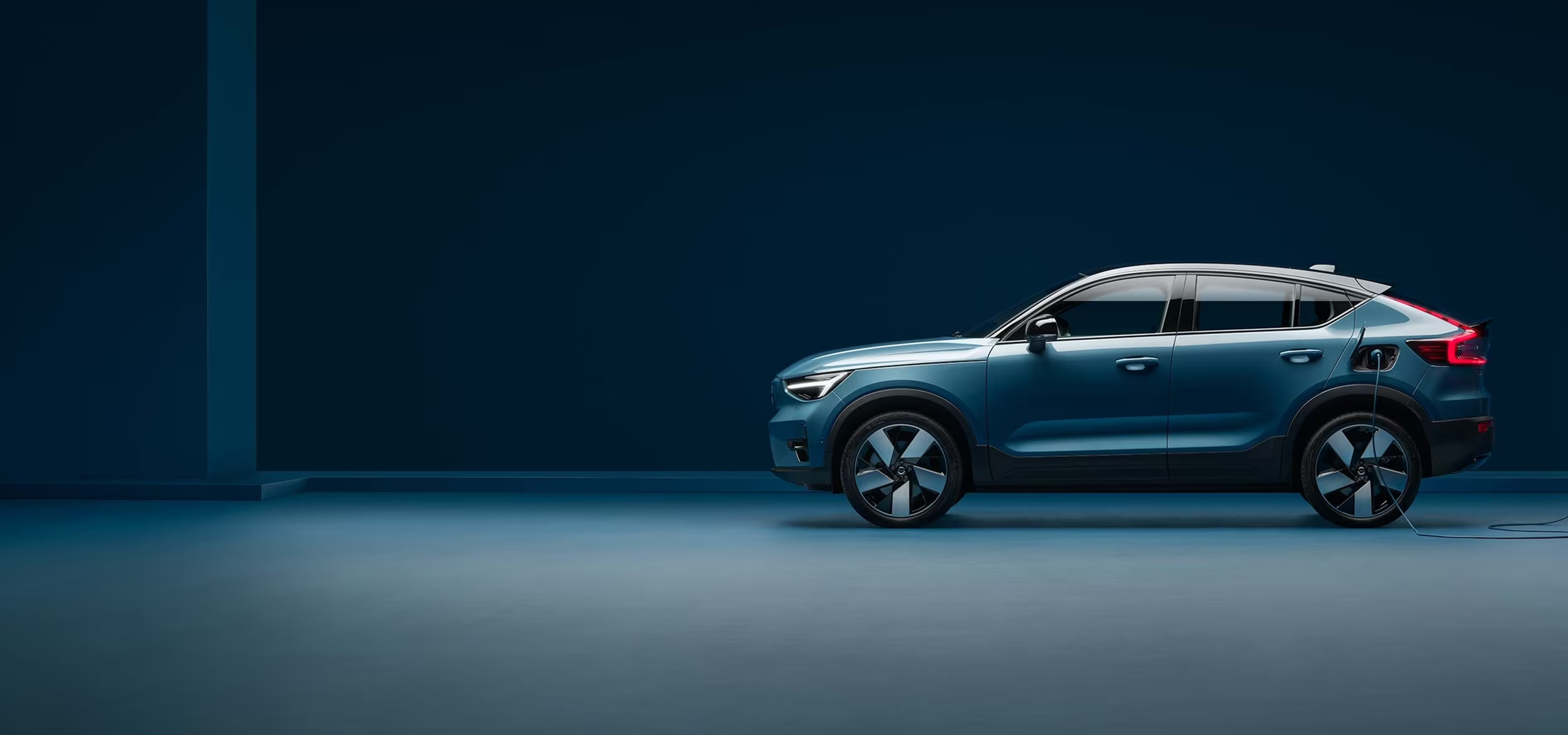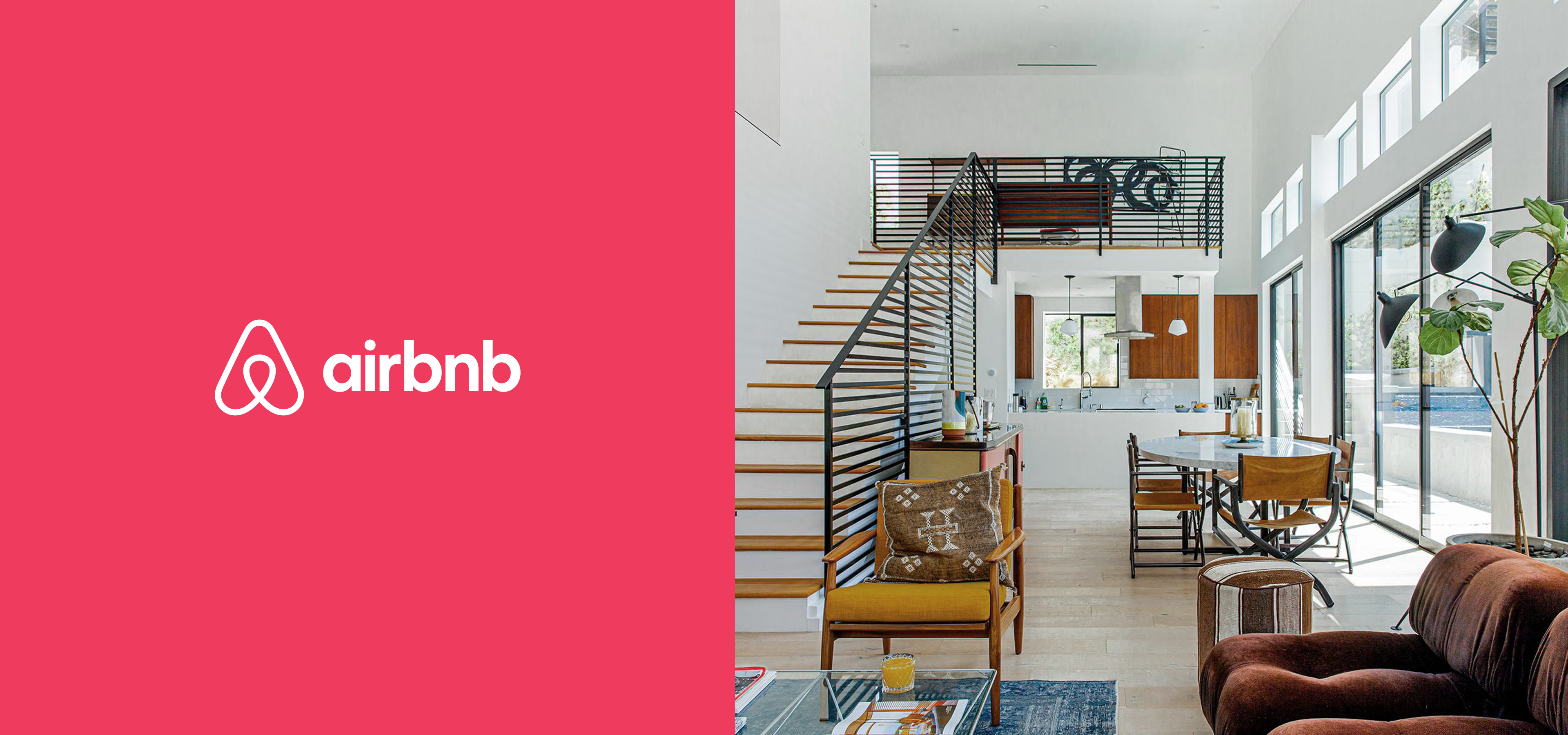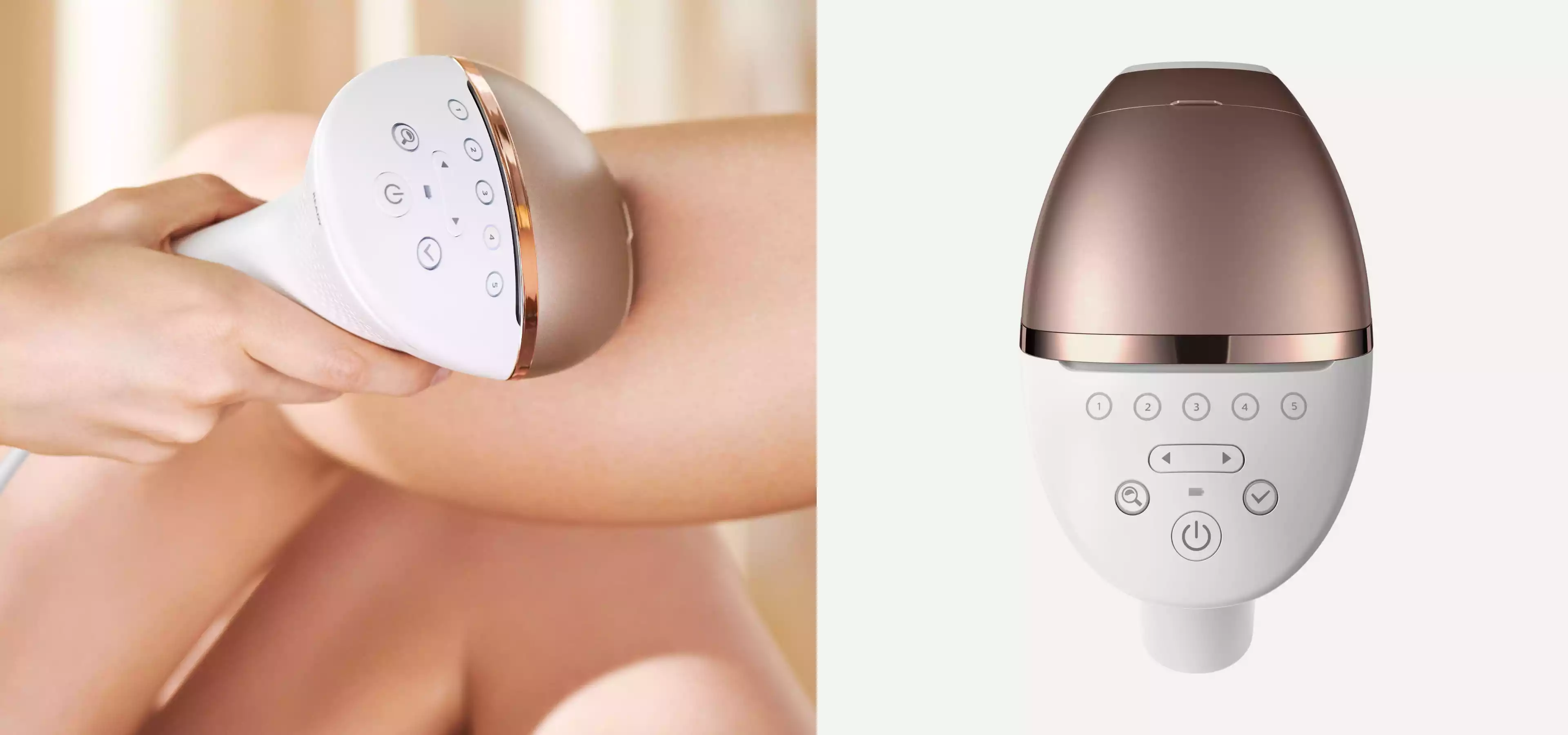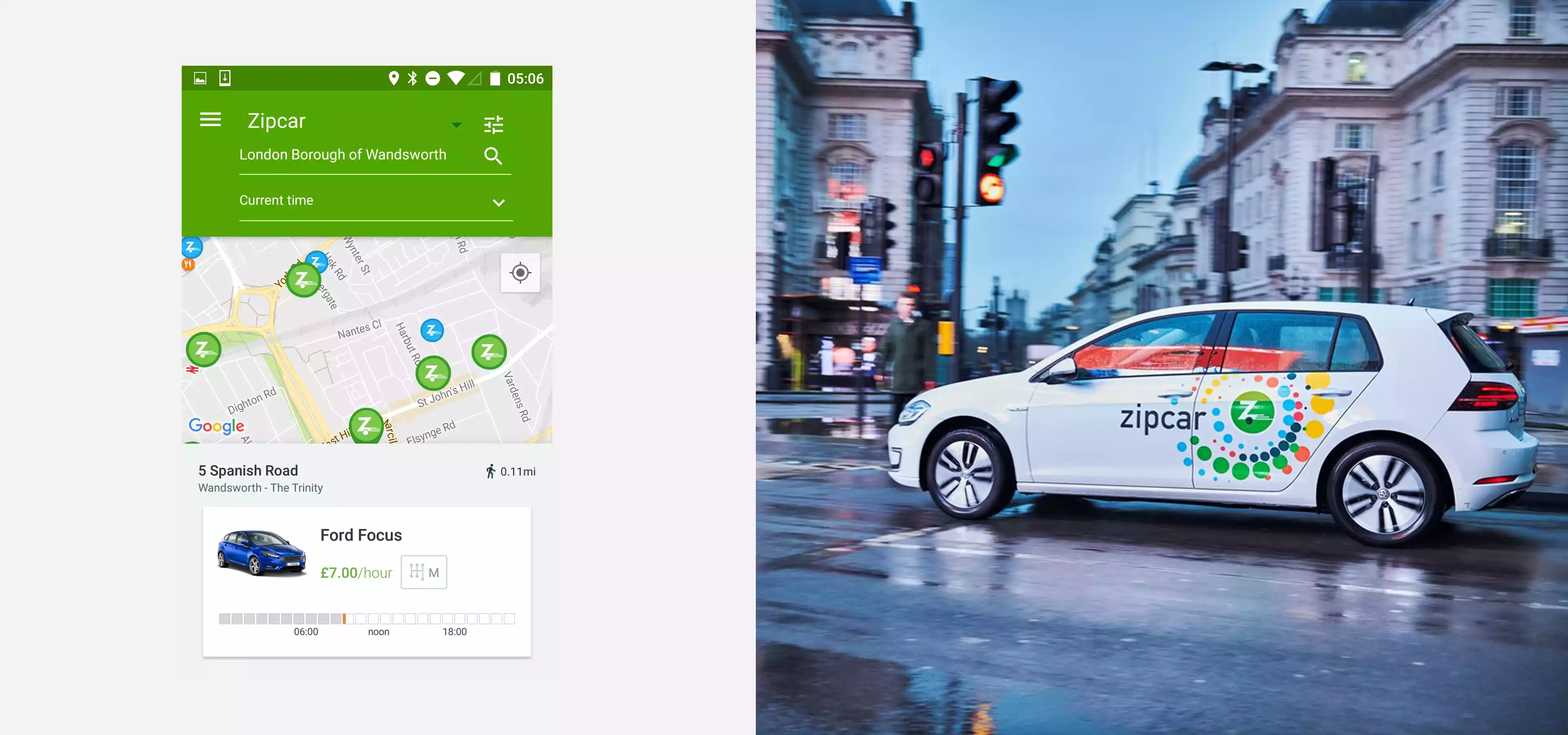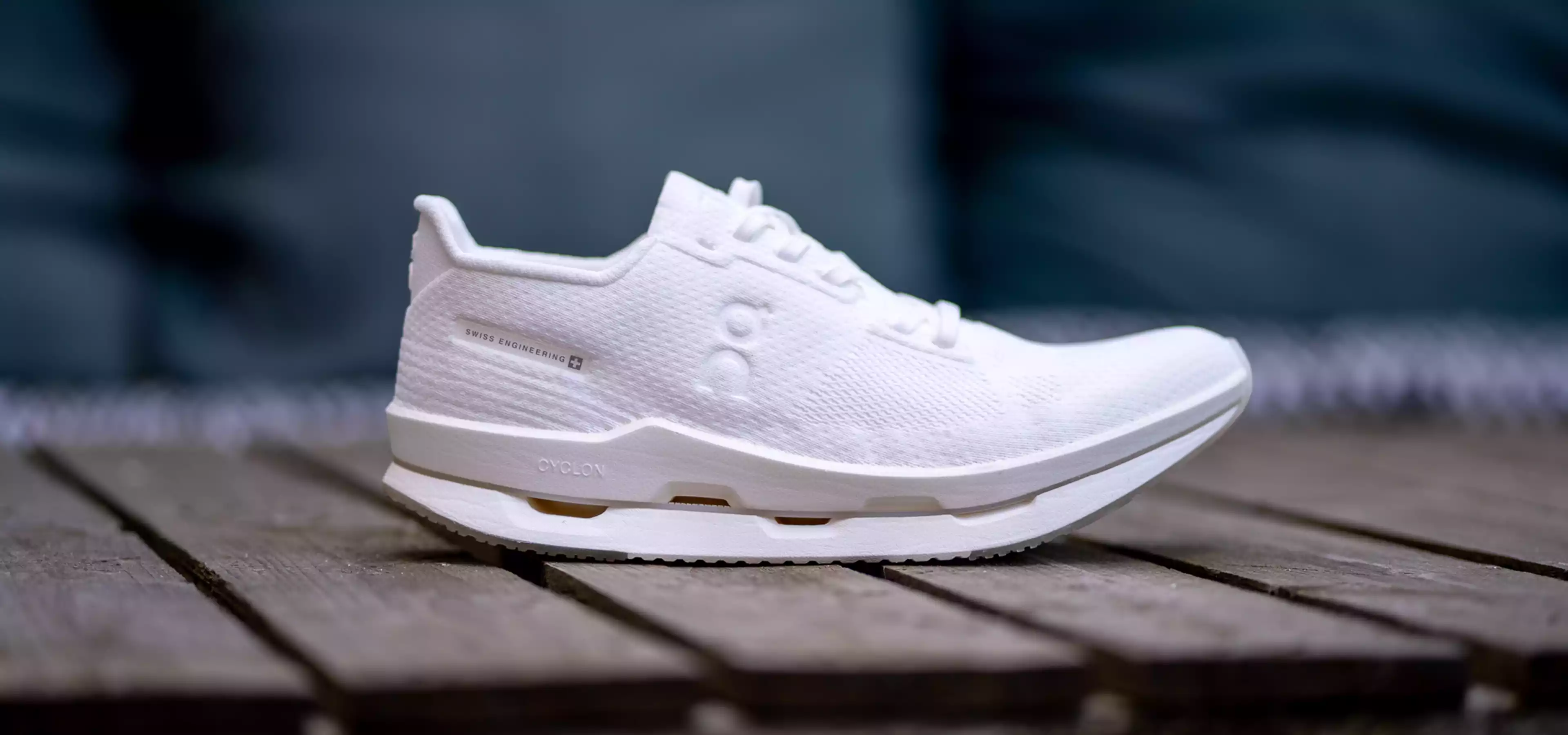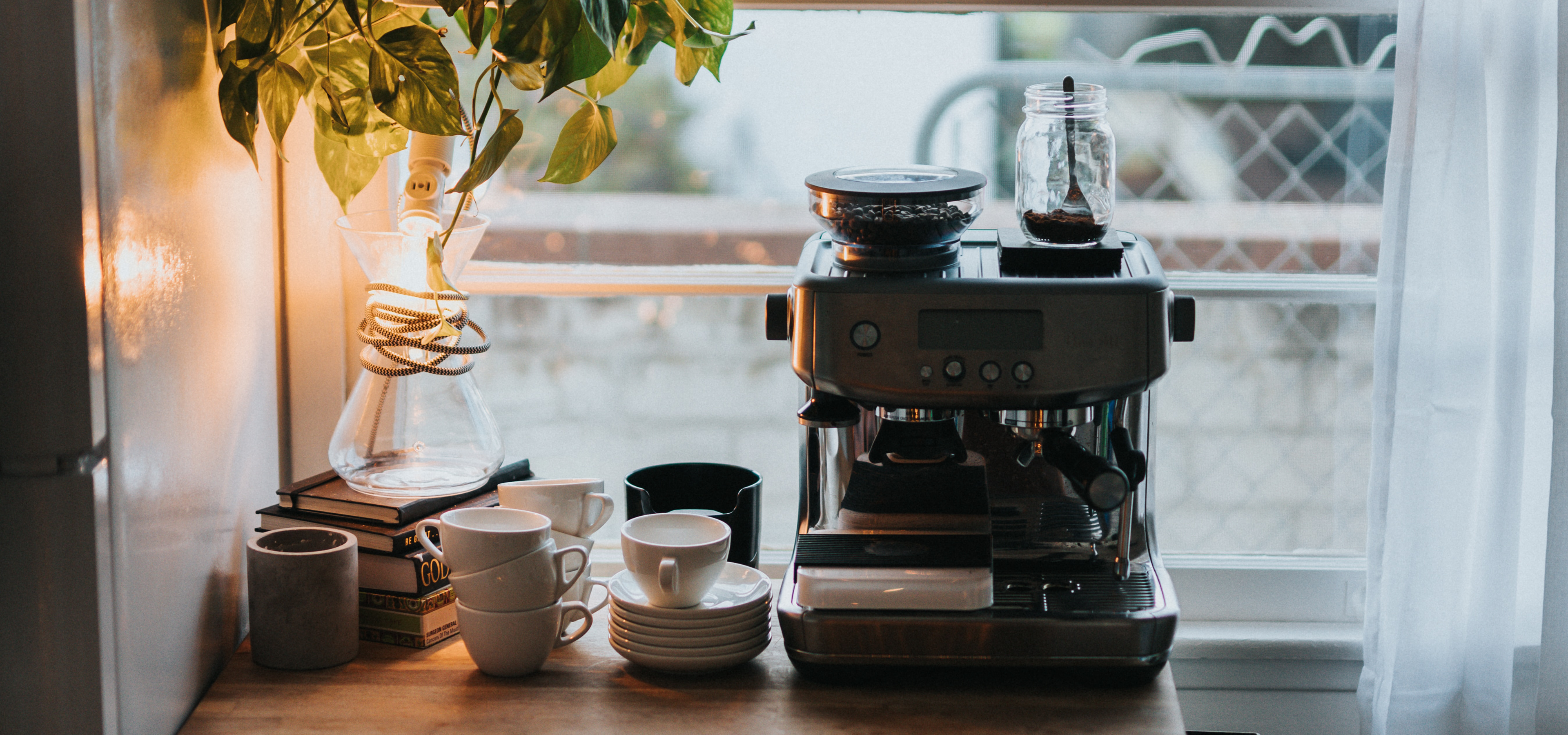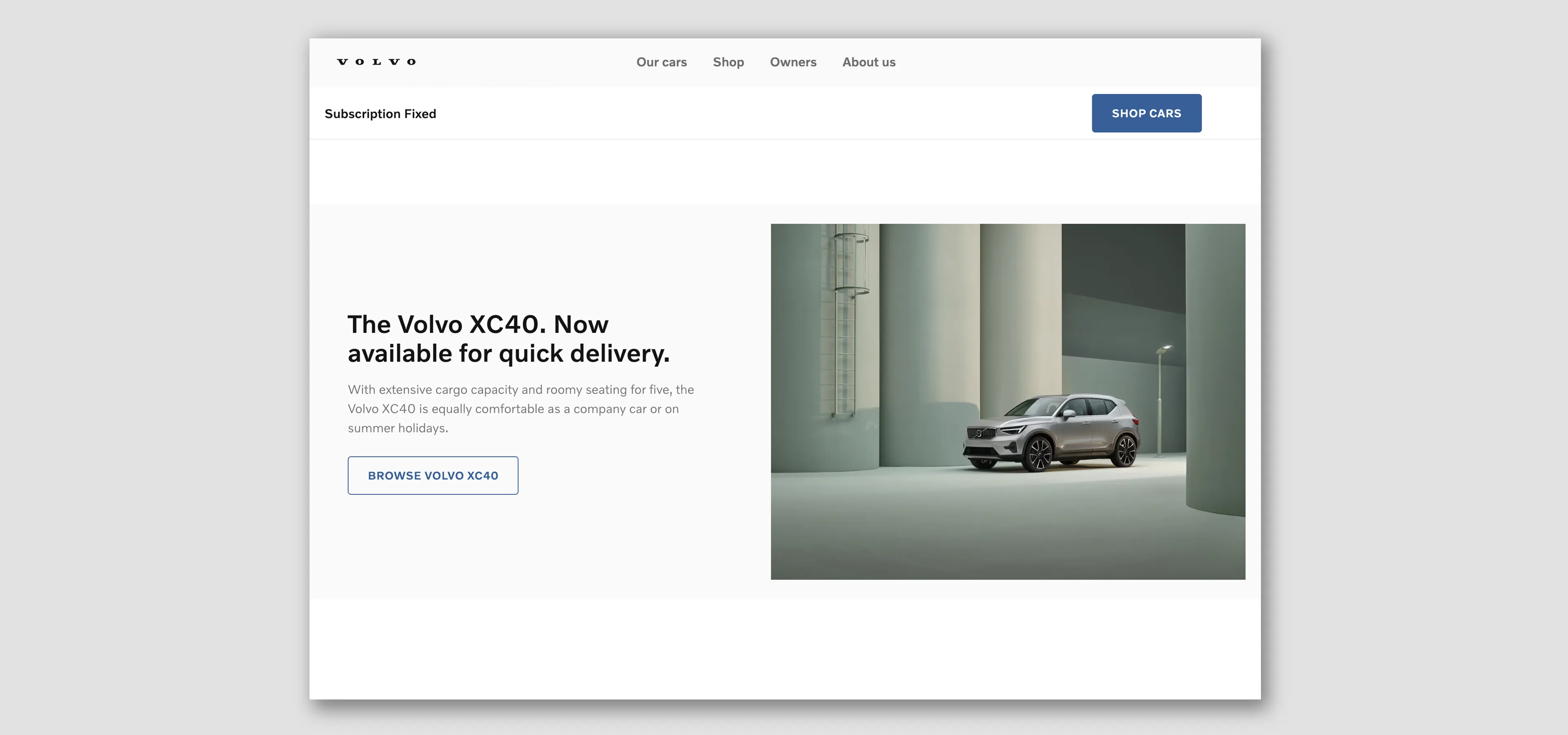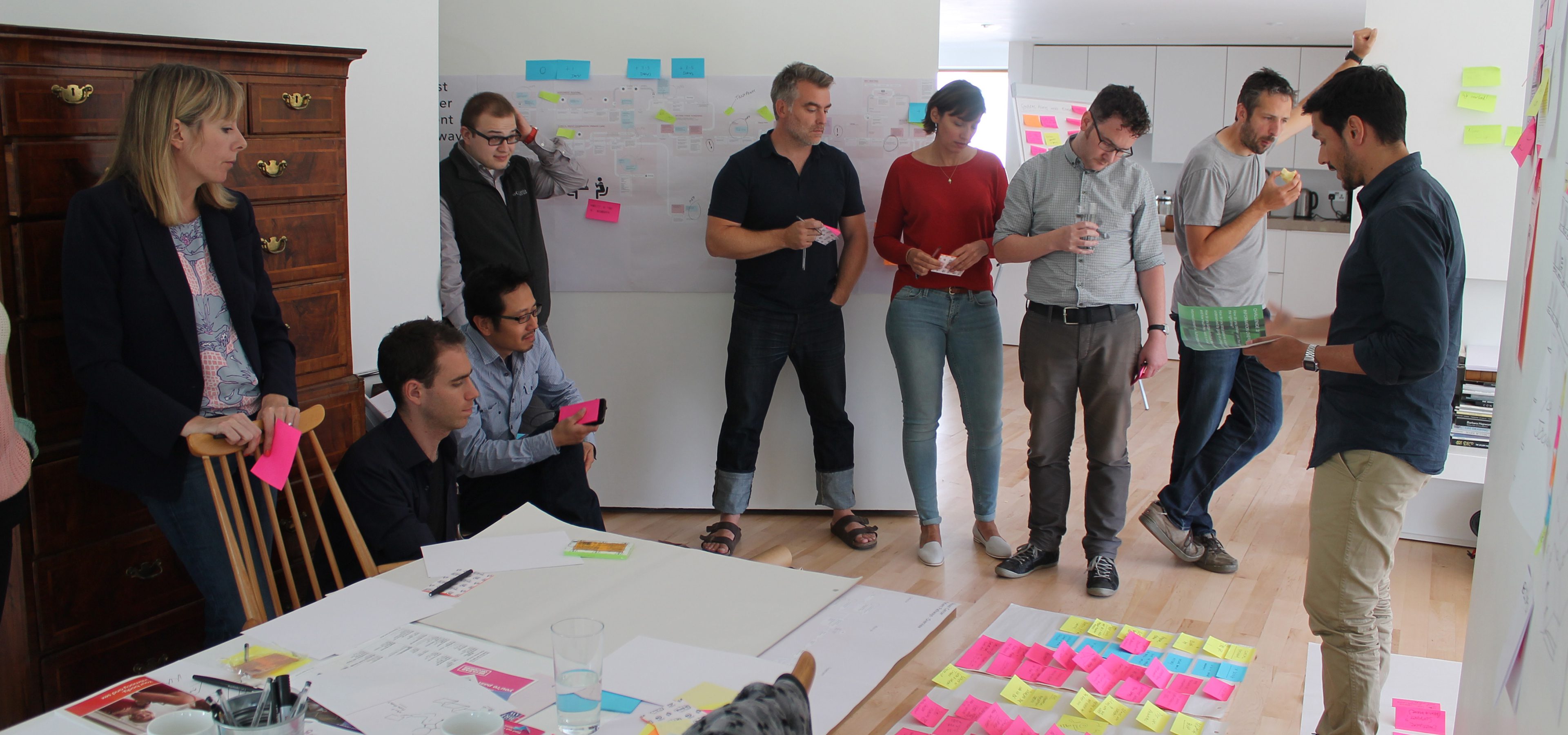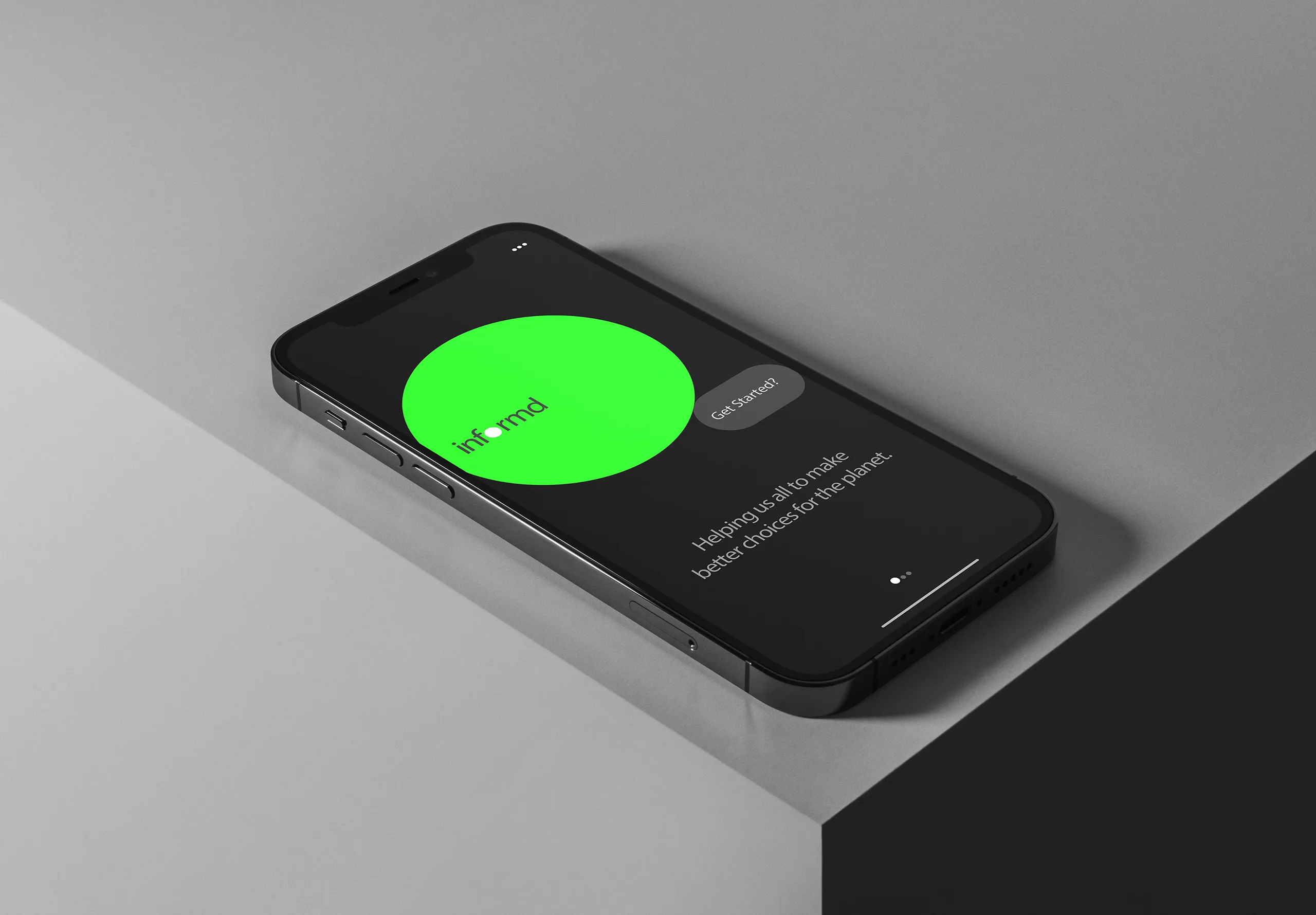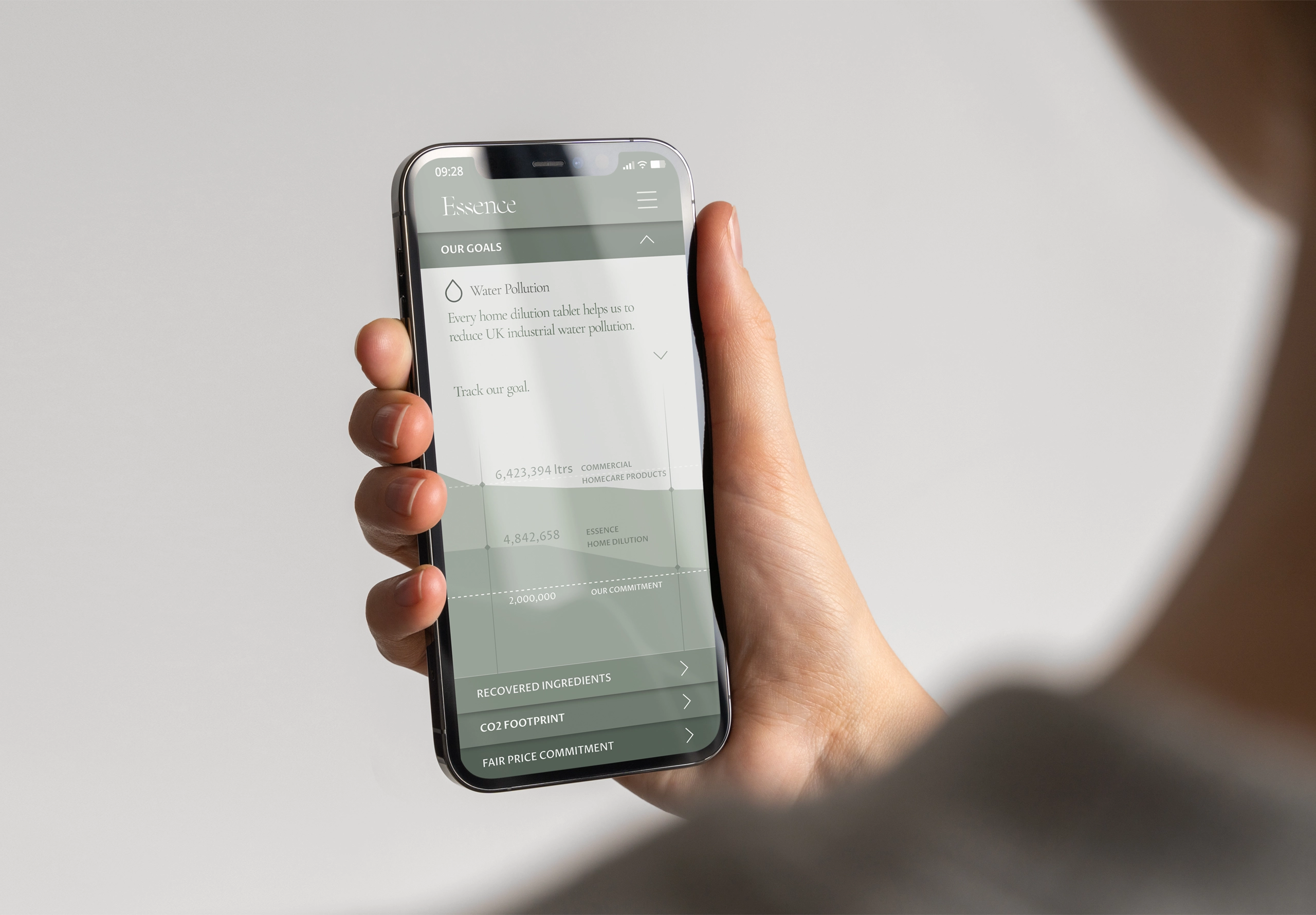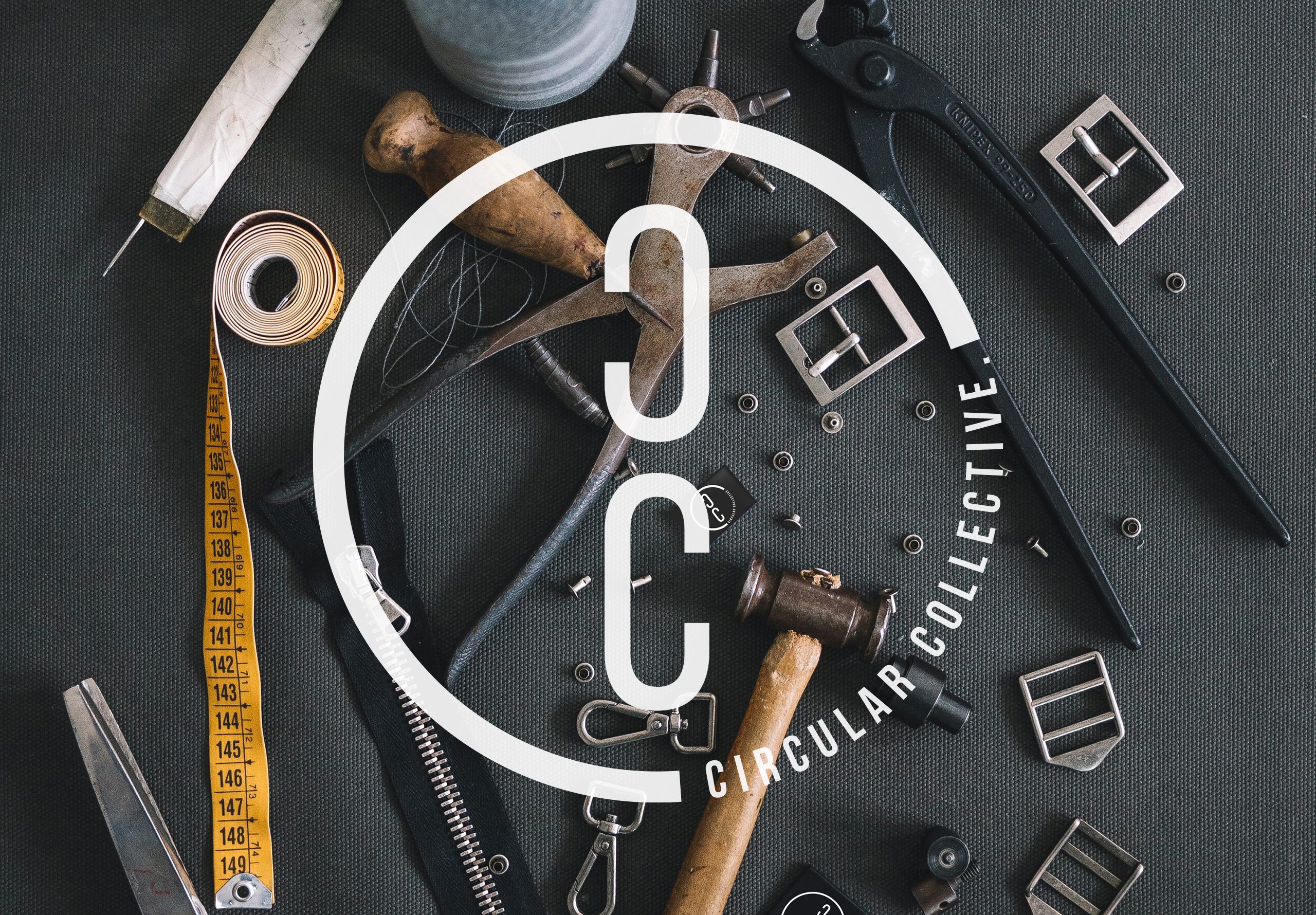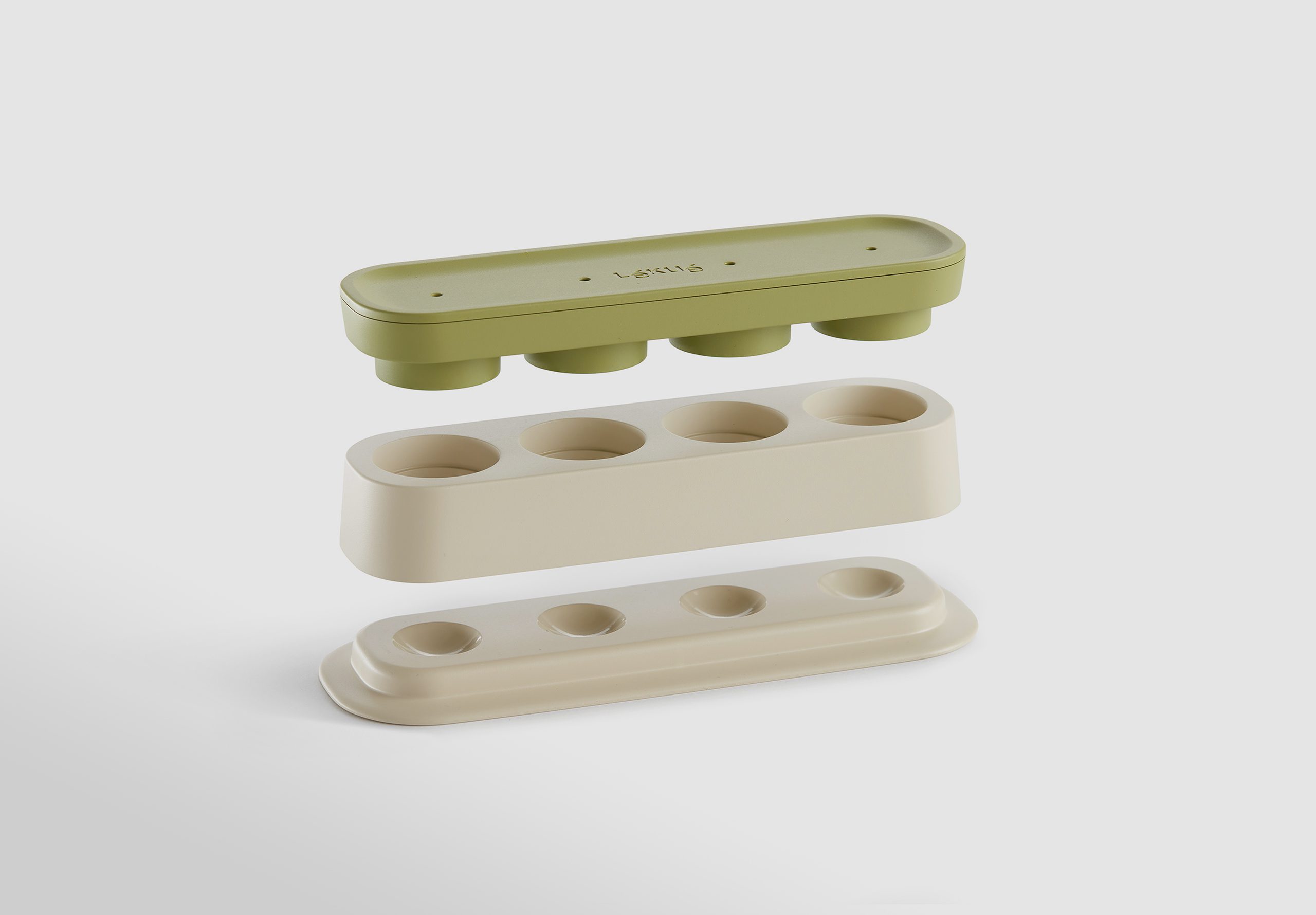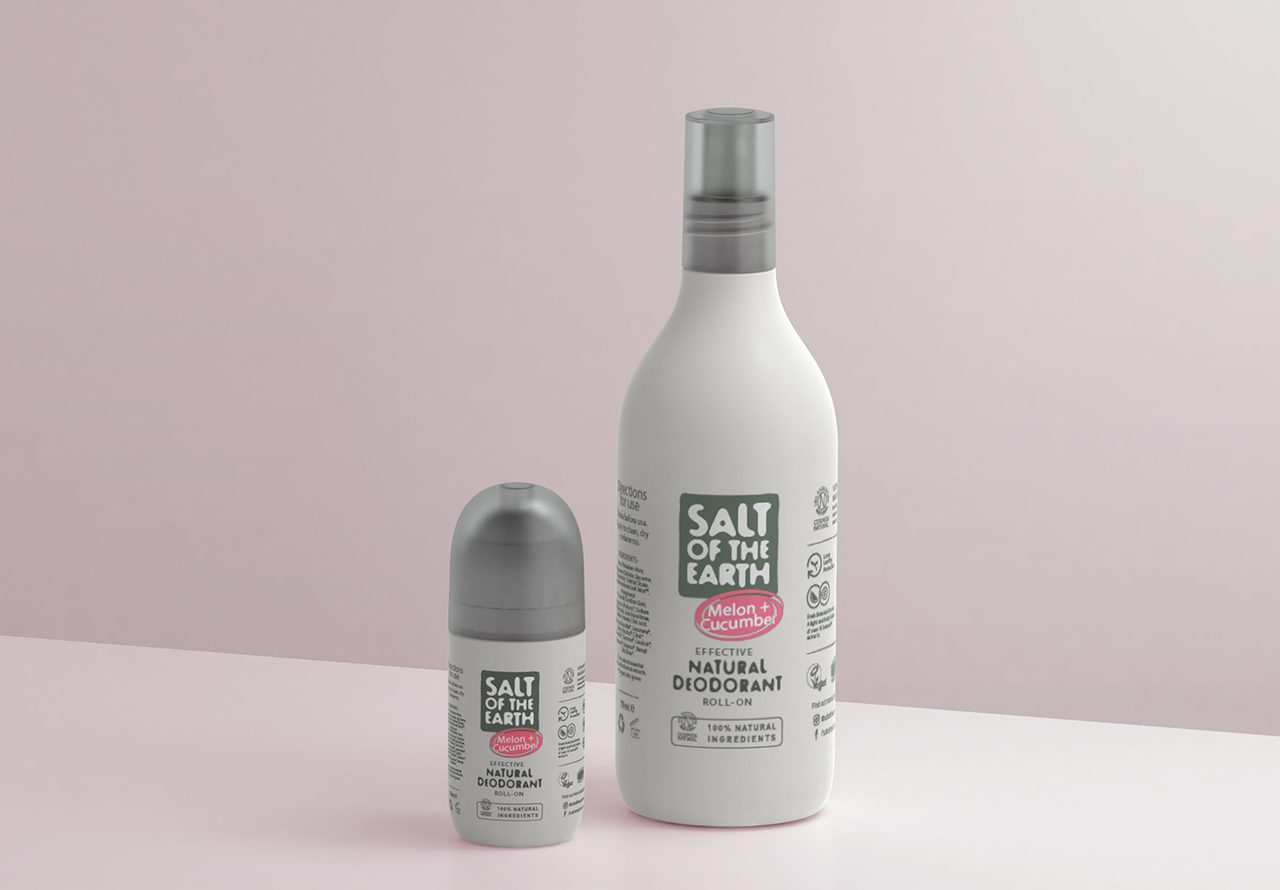Product brands and servitisation.
As consumers continue to seek experiences over ownership, innovative brands are leveraging the power of Product-as-a-Service (PaaS) to create repeat revenue and design out waste.
In this piece, Rodd & Livework explore the potential of PaaS in driving better outcomes for people, planet and profit. Plus, a closer look at consumer product brands that have successfully made the shift to servitisation.
Short on time? Try these links
The move from ownership to usership
Permanent ownership is fast becoming a thing of the past.
Today’s consumers are all too happy to replace what they can with rentals and subscriptions, trading ownership for flexibility, sustainability, convenience and great customer experience.
Why the shift?
Cost of ownership has played a role, but so too has the unstoppable rise of the sharing economy and subscription services like Netflix, Spotify and DollarShaveClub.
In the last 7.5 years, the subscription economy has grown more than 350%, with data from McKinsey revealing the average US home has between 10 and 21 subscriptions.
In 2023, online retail is booming, whilst bricks and mortar is in freefall.
Forget just selling products – customer experience is king. For consumer product brands, servitisation is an opportunity to secure recurring revenue and forge deeper customer relationships.
On the flip side, failing to embrace change may result in losing customers to competitors offering more personalised experiences. To stay ahead, product brands must take stock of their current offer and adapt accordingly.
What is Product as a Service (PaaS)?
Like the ever-popular Software-as-a-Service, the Product-as-a-Service model gives customers access to hardware along with its accompanying services including maintenance, repair and upgrades.
Rather than a one-off purchase, customers subscribe to the products and pay a weekly, monthly or yearly fee, and the product is then delivered as an experience or extra service.
So what does that look like in practice?
Already a major player in this space, Philips offer customers their Lumea Series 9000 hair removal device as a monthly subscription service complete with a dedicated app to create a personalised treatment schedule.
The same goes for their Sonicare electric toothbrush range, available to purchase through a 12-month Try & Buy service. Customers are given the freedom to choose a method of payment that suits their needs and the flexibility to change at any time.
As illustrated by Philips, brands exploring Product-as-a-Service are compelled to continuously sustain a valuable experience for the customer as a means of securing repeat revenue.
PaaS as a stepping stone to circularity
Traditionally, consumer product brands have relied on income from one-time product transactions, leading to what we now call the linear economy. In this model, customers assume ownership and the burden of that ownership throughout the product life cycle.
Of course, linear business models do not reward development of the best possible product; manufacturers gain the most benefit by maximising the margin between production costs and sales cost.
In a PaaS model, ownership is not transferred. The company is ultimately responsible for creating a better product, by making it easier to refurbish and fix, which in turn allows them to sell the product again and generate more revenue as it continues its service life with a new customer. Good for the planet and good for your bottom line.
Innovators in this space are often not the manufacturer but new entrants who see an opportunity. Car sharing services like Zipcar provide the product as a service but are not able to fully integrate with the hardware and access all of the transformational potential of the model.
Think like a service provider
What does it mean to transform your business with Product-as-a-Service? Above all, you must think like a service provider.
Being a service provider demands a totally different set-up of the organisation than being a product seller. The organisation needs to be built around the client, rather than the product.
This a major pivot for all but the most fleet of foot mass market, or well established product brands. Your product-focussed mindset will need to shift to one of value proposition creation.
All but the wealthiest brands must open new collaborations with networked partners to deliver the services around your product.
How will you capture the revenue for your business?
First, you must understand what it is your consumers really buy from you. In most cases, products are just an enabler for the value that lies beneath.
Do you have means to shift your hardware business to think, behave and look like a digital services business, or do you need external partners? In this race, businesses who boast experience and service design skills will win out. Of course, there will always be logistical challenges to such a shift.
These challenges are not to be underestimated as they require significant adaptation of operational processes. The simple sounding ability to return a product for repair can require significant changes in policy, customer engagement and workshop capacity.
The good news is that brands can break down PaaS into manageable elements. Added value services such as repairs or rented accessories can enable baby steps towards a fuller subscription model.
Experiences over ownership
Consumers that adopt PaaS are looking for experiences over ownership.
They are looking for frictionless personalisation akin to software and digital experiences.
Further, they seek:
+ Predictable costs and straightforward plans
+ Flexibility to pay/upgrade their payment options every month.
+ Deeper customer support, personalised experience and loyalty.
+ Lower upfront costs to buy a product.
+ The possibility of getting renewed products once their subscription is over.
PaaS allows brands to unify their sales story and build exquisite digital experiences whilst offering the hardware as service.
Volvo Care is just one, beautiful example of this model: select your vehicle online, order a test drive with the vehicle delivered to your home or workplace, define your subscription duration and everything thereafter is inclusive.
Inevitably, such a shift is likely to trigger valid concerns about change:
Will my product brand be compatible for servitisation? If so, can we rely on these new revenue streams, and what potential financial losses will we suffer in the transition?
This is precisely why there is no one-size-fits-all approach to servitisation. Moving towards a Product-as-a-Service model requires a tailored strategy – one that is built around the needs of your customers and plays to your strengths as a brand.
Above all, it must deliver true value and an outstanding customer experience at every touchpoint.
For consumer product brands, opting for a PaaS model is an opportunity to:
+ Boost your profitability and create recurring revenues.
+ Become more sustainable with the possibility of reusing materials or part(s) of the product.
+ Deliver broader end-to-end customisation and personalisation for customers.
+ Improve customer engagement with long-term relationships with your customers.
+ If your company stands for better customer service, then this is a powerful way to differentiate yourself from competitors.
Let's design your change
So, as consumers continue to forego ownership in favour of well designed experiences, brands like yours must leverage the opportunities offered by Product-as-a-Service (PaaS) and begin to create repeat revenue.
Having touched on just some of the potential benefits of PaaS – we can begin to see that it makes sense for both business and the planet, typically driving better outcomes for people, planet and profit.
If PaaS is a topic on your brand’s radar, together we can explore how your brand values can be further enhanced via PaaS and help ready your hardware for servitisation.
Our future planet needs designing, so let’s start together.
